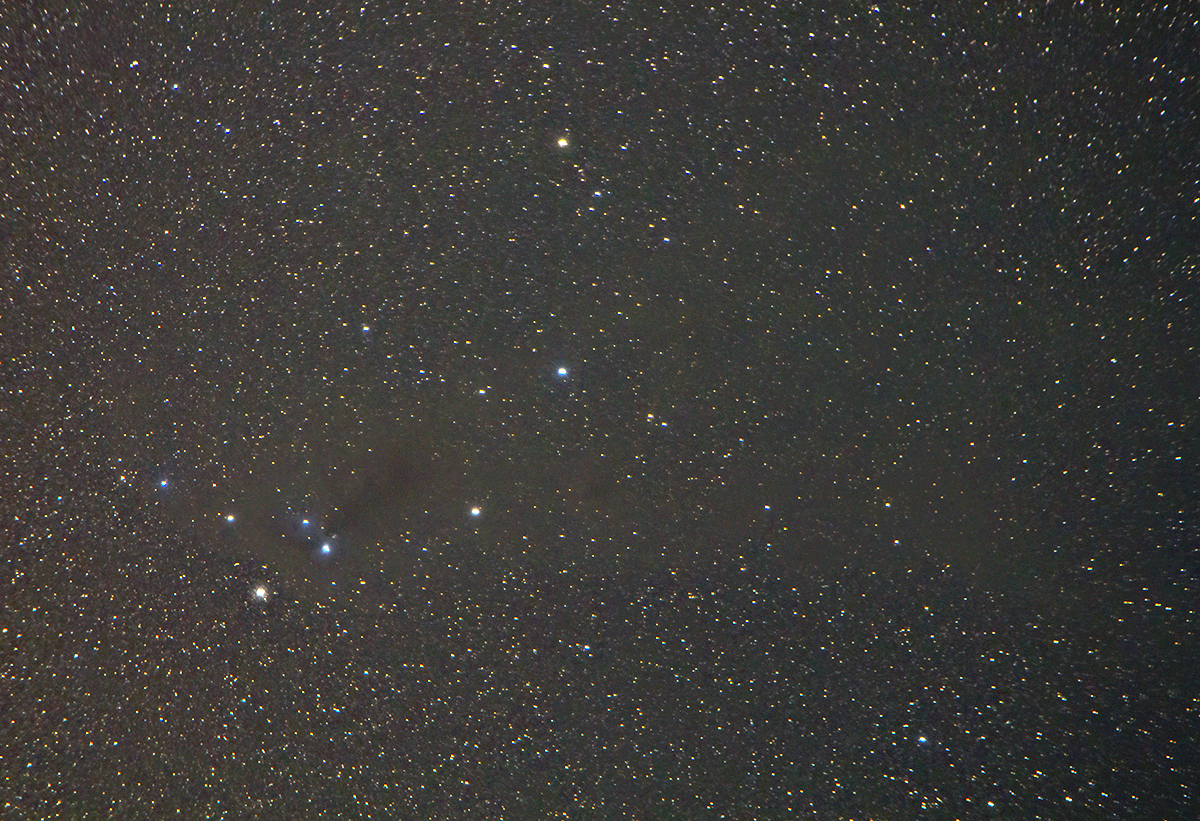



Corona Australis Molecular Cloud
 Download Full Resolution (1200x821) 1406KB
Download Full Resolution (1200x821) 1406KB
' Corona Australis Molecular Cloud'
Corona Australis Molecular Cloud
[Public Domain] 3 Oct 2014 Dylan O'Donnell
CATEGORY : Astrophotography
5,759 others viewed this post.
Space is vast, but far from empty. Everywhere we look in any direction with our most powerful instruments is filled with more stuff.
I’ve become increasingly fascinated with “Dark Nebula” where patches of the stars are obscured by mostly unlit clouds of dust and gas. Their presence is revealed by what you can’t see, rather than what you can, as they blot out the surrounding stars. Long exposures reveal wispy ghost like tendrils hiding in the already dark patches between the stars. They even seem like a dirty, polluted fog and they do contain carbon monoxide.
In this image, the constellation “Corona Australis”, a typically southern sky group, is dominated by it’s molecular cloud. It’s called a molecular cloud because it literally makes molecules, mostly hydrogen (H2) needed to create new stars, which it also does.
Creationists have trouble getting their head around where the stuff of life comes from, but we can (amazingly) see its genesis right in front of us. Or rather, from our own backyards with a telescope and a camera.
26 exposures (various exposure times up to 2 mins) / f6.3 / ISO 1600 / 4 Darks
Canon 70D 124mm
Stacked in Nebulosity
 Download Full Resolution (1200x821) 1406KB
Download Full Resolution (1200x821) 1406KB




































